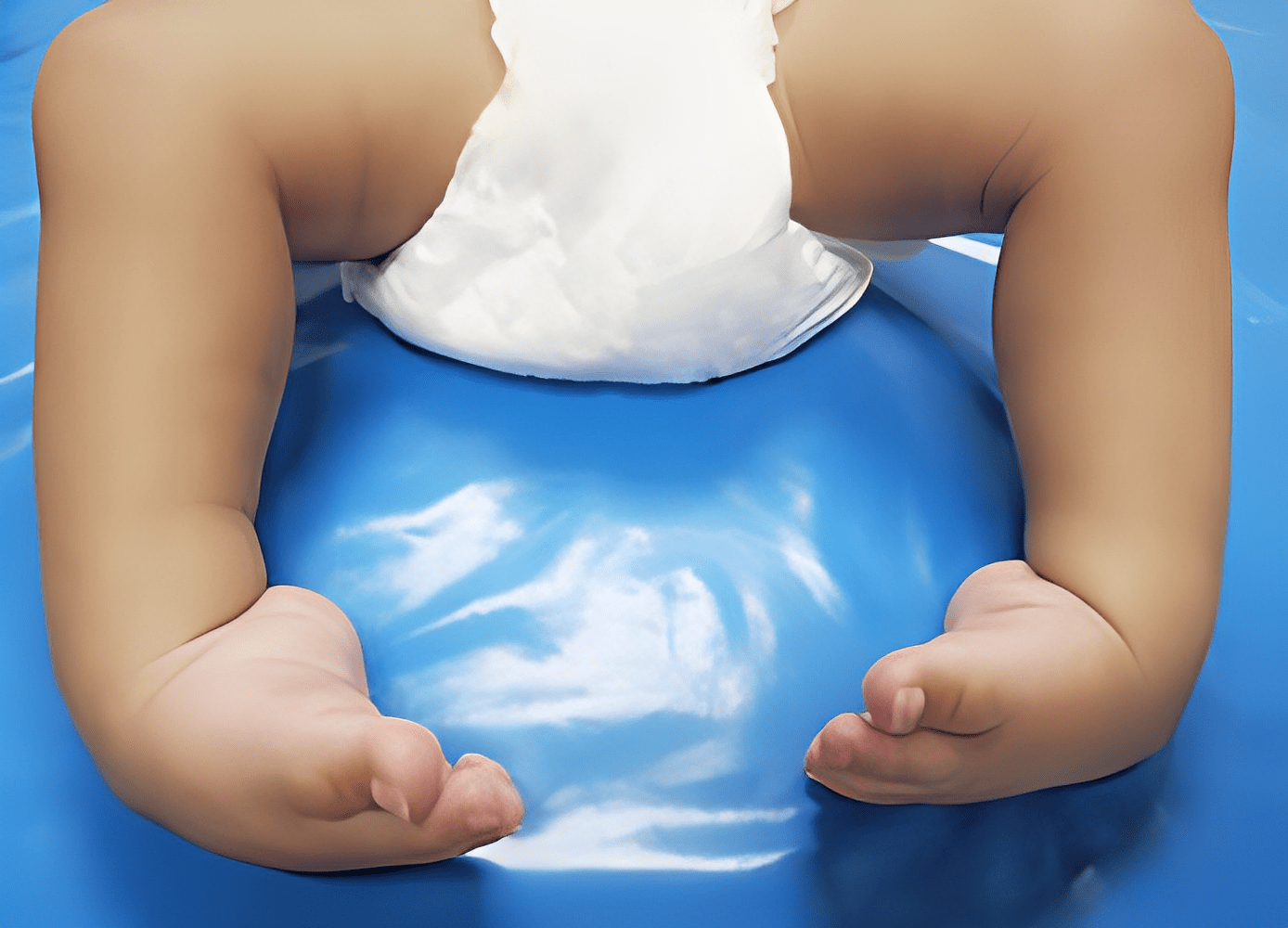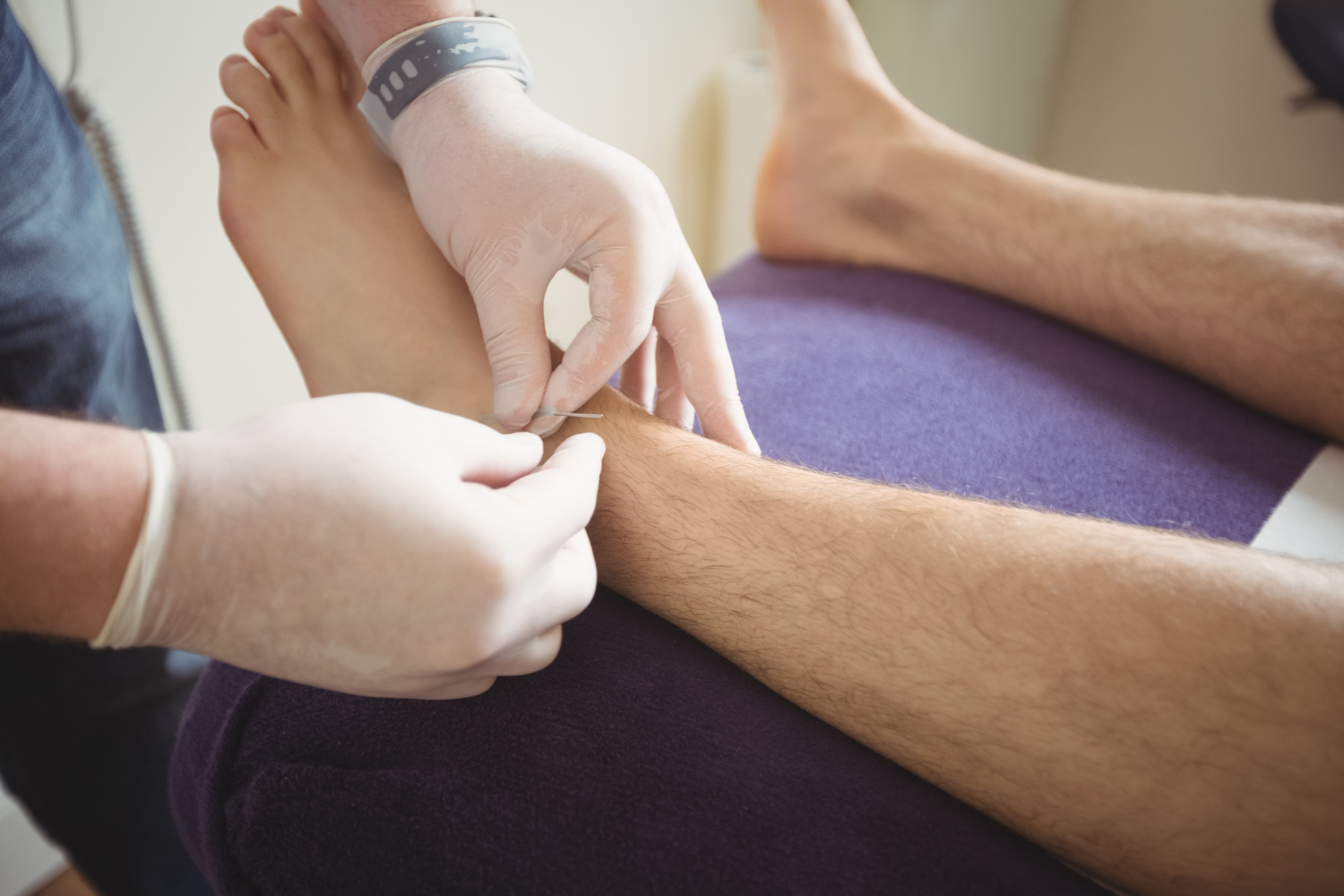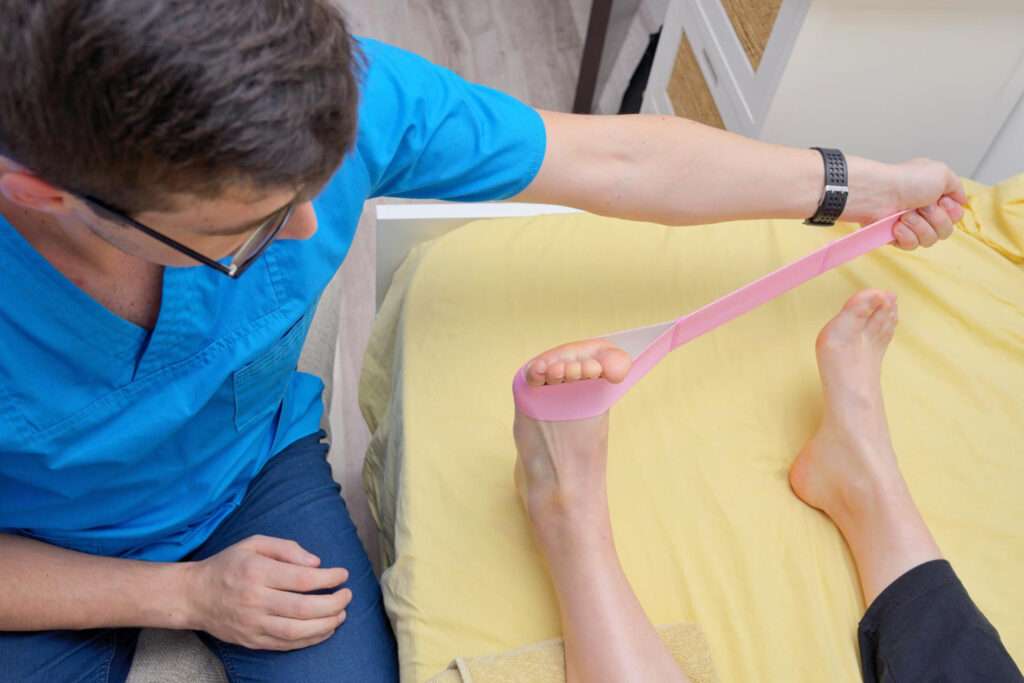
Clubfoot is a congenital condition that affects newborns, causing one or both feet to turn inward and downward. This condition, also known as congenital talipes equinovarus (CTEV), can be a source of concern for parents, but with early detection and proper treatment, positive outcomes are achievable. In this blog, we’ll explore the signs, causes, and prevention of clubfoot, along with the available treatment options, particularly in the context of pediatric orthopedic care in Hisar.
Recognizing the signs of clubfoot in infants is crucial for early intervention. Newborns with clubfoot may exhibit the following:

While the exact cause of clubfoot remains unknown, several factors may contribute to its development:
While clubfoot cannot always be prevented, there are measures expectant parents can take to promote healthy development:

For parents in Hissar seeking specialized care for their child’s clubfoot, the city boasts a range of pediatric orthopedic treatments. At Orthomed hospital in Hisar, experienced professionals provide comprehensive care, including:
Clubfoot can be a challenging condition, but with timely detection and appropriate treatment, children can lead normal, active lives. Parents have access to quality pediatric orthopedic care, ensuring that their little ones receive the best possible treatment for clubfoot. Early intervention and a collaborative approach between parents and healthcare professionals are key to the successful management of this congenital condition.
Quick Links
Quick Links
Services
Orthomed Hospital, Sector 15 AP, Kaimri road, Hisar, Haryana- 125001